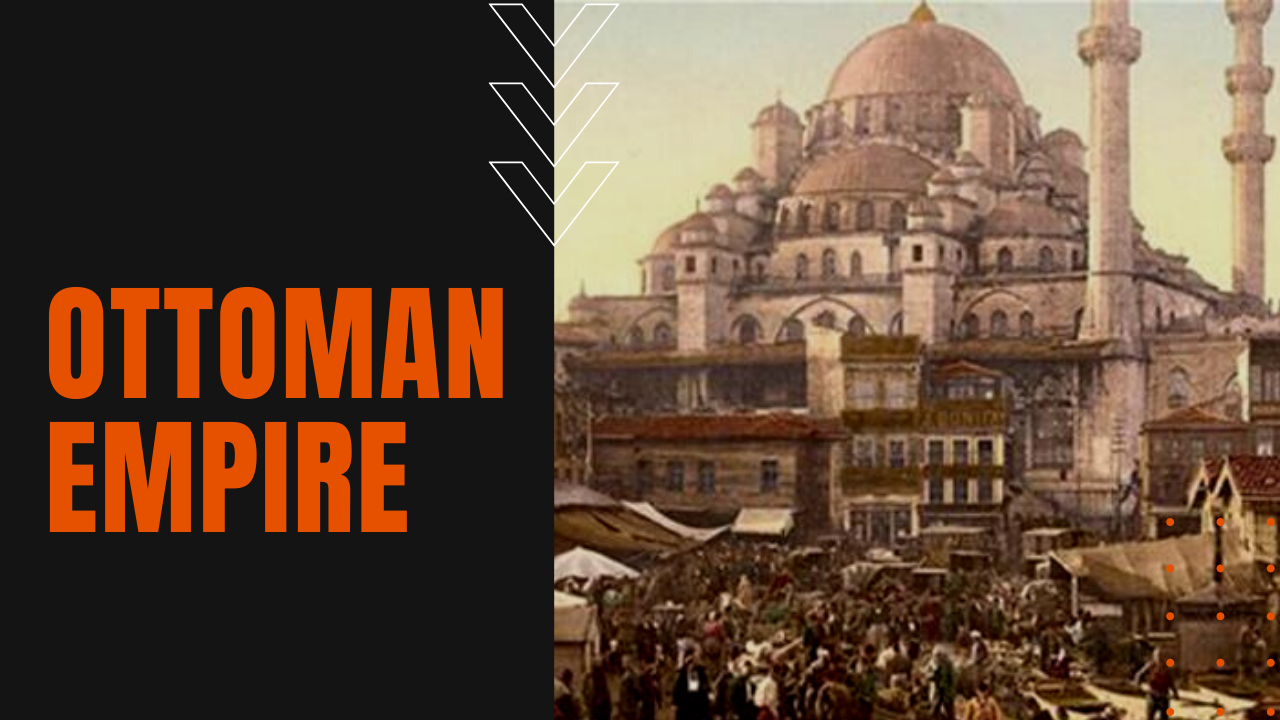Ottoman Empire: Invasion, Occupation and Power Lasting 600 Years

At its height of power, the Ottoman Empire controlled much of Southeastern Europe, Western Asia and North Africa, between the 14th and early 20th centuries.
Ottoman Empire Founder
The Ottoman Empire was founded at the end of the 13th century in northwestern Anatolia by the Turkoman tribal leader Osman I, and while the dynasty was Turkish in origin, it was Persianized in terms of language, culture, literature and habits.
After 1354, the Ottomans crossed into Europe by invading and controlling the Balkans, becoming a transcontinental empire for the first time in its lengthy existence. Roughly one hundred years later, the Ottomans ended the Byzantine Empire during the conquest of Constantinople, which was successfully invaded by Mehmed the Conqueror.
Suleiman the Magnificent
Under the reign of Suleiman the Magnificent in the 16th century, the Ottoman Empire reached its peak years of power, becoming a multinational, multilingual empire that controlled most of Southeastern Europe, Central Europe, Western Asia, parts of Eastern Europe, the Caucasus, North African and the Horn of Africa.
With Constantinople as its capital—now present-day Istanbul—the Ottoman Empire stood as the primary trading vector between the Eastern and Western worlds for nearly six centuries.
Fall of The Ottoman Empire
During a protracted period of peace from 1740 to 1768, however, the Ottoman military fell behind that of their European rivals, which included the Habsburg and Russian empires, which brought about near crushing military defeats during the late 18th and early 19th centuries.
The string of defeats ushered in a period of reformation and modernization known as the Tanzimat, which served to increase its power base and organization, despite suffering further territorial losses in the Balkans.
With the 1913 coup d’etat bringing the nationalistic Committee of Union and Progress to power, the Ottoman Empire sided with Germany and the Axis Powers. During the First World War, internal dissent led to the Arab Revolt, which further inspired genocidal acts against the Armenians, Assyrians and Greeks by the Ottoman government.
The Empire’s defeat and occupation in the aftermath of World War One resulted in the Empire’s partitioning of the Mid-east, which was divided between the United Kingdom and France. Eventually, Allied occupation would lead to the successful Turkish War of Independence, which crushed the last vestiges of a once-great empire, leading to the emergence of the Republic of Turkey in its aftermath.
